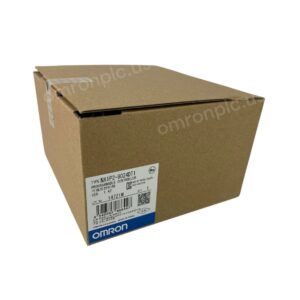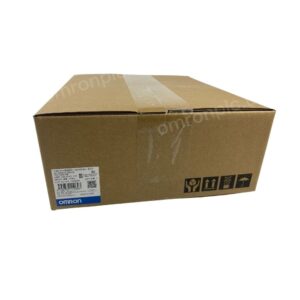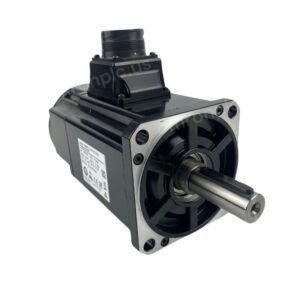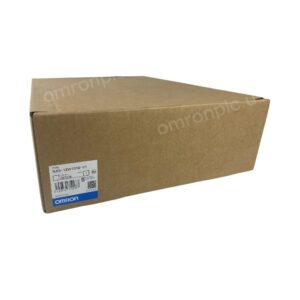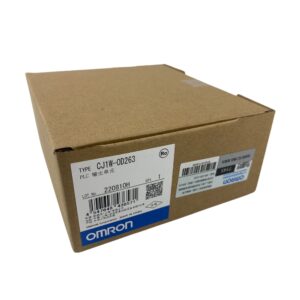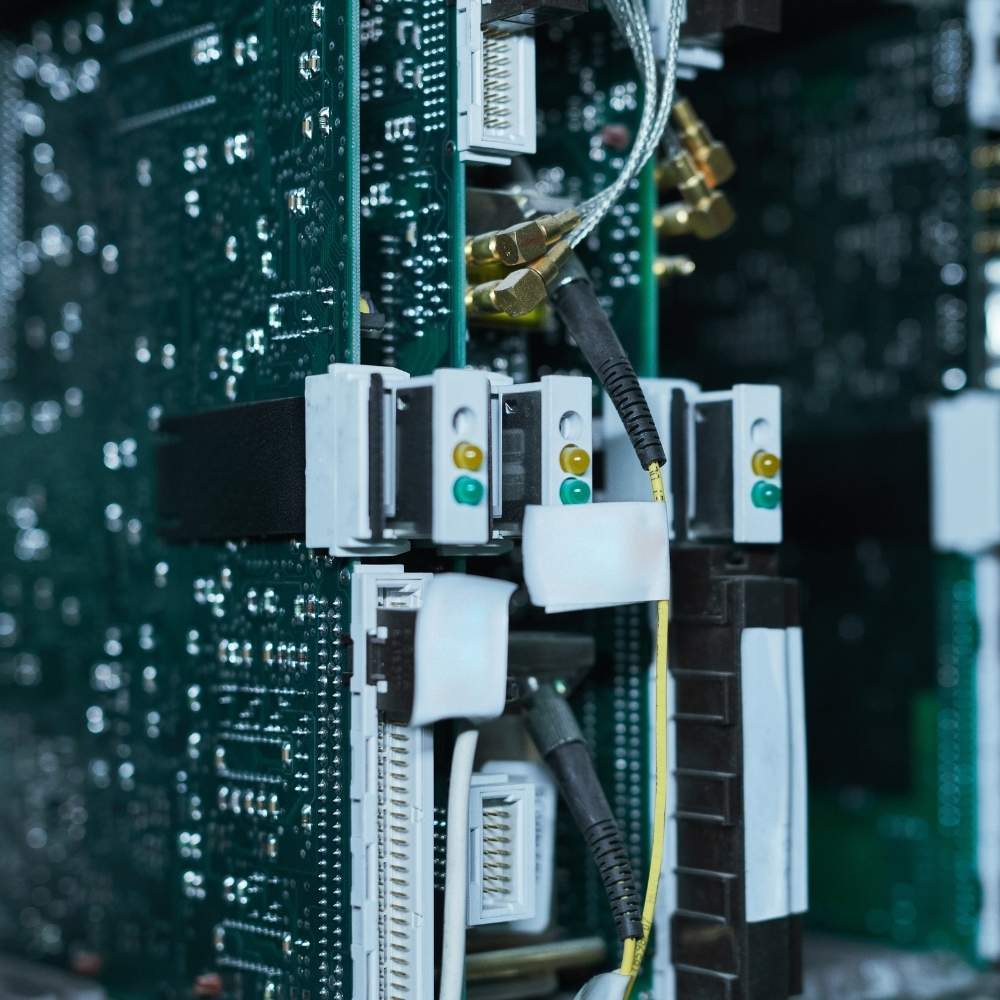Programmable Logic Controllers (PLCs) are the backbone of industrial automation, ensuring that complex processes run smoothly and efficiently. However, even the most reliable PLC systems can encounter power supply problems that lead to downtime and operational disruptions. This guide provides a comprehensive look at how to troubleshoot PLC power supply issues, helping you maintain optimal performance in your automation projects. Whether you’re dealing with Omron PLCs or another brand, understanding these common issues is essential for any automation professional.
What Are Common PLC Power Supply Problems?
PLC power supply problems are often at the heart of unexpected system failures. Identifying the root causes is the first step to diagnose and rectify these issues.
Common Symptoms of Power Supply Problems
- Intermittent PLC Operations: The PLC may start and stop unexpectedly.
- Error Codes Displayed: Error codes can indicate faulty components or incorrect voltage levels.
- Overheating: The PLC or power supply units may overheat due to power issues.
- Communication Failure: Disruptions in connections to SCADA systems or HMIs.
Understanding these symptoms helps in diagnosing the problem accurately. For instance, if you notice the PLC displays unusual error codes, it’s a sign you need to inspect the system immediately.
How to Diagnose PLC Power Supply Issues Using Diagnostic Tools
Using the right diagnostic tools is crucial in identifying and fixing PLC power supply issues.
Using a Multimeter
A multimeter is essential for checking power and testing voltage levels and current:
- Turn Off the PLC: Safety first—ensure the system is powered down.
- Measure the Voltage and Current: Use the multimeter to measure the voltage and current of the power supply.
- Compare with Specifications: Check if the readings match the PLC’s operational requirements.
Utilizing Diagnostic Software
Modern PLCs often come equipped with diagnostic tools:
- Firmware Checks: Ensure the PLC’s firmware is up-to-date to avoid software-related issues.
- Error Code Analysis: Use the PLC’s software to interpret error codes.
- Network Analyzer: For communication issues, especially on Ethernet ports, a network analyzer can be invaluable.
By employing these tools, you can identify and fix problems before they cause significant disruption.
Step-by-Step Troubleshooting Process for PLC Power Supply Problems
A systematic approach ensures you cover all bases when addressing PLC issues.
Step 1: Visual Inspection
Begin with a visual inspection:
- Check for Signs of Damage or Wear: Look at the power cords, connectors, and communication cables.
- Ensure Connections Are Secure: Loose connections can disrupt power flow.
- Look for Overheating Components: An overheating power supply or CPU may indicate deeper problems.
Step 2: Test Voltage Levels
- Use a Multimeter: Measure the voltage and current directly from the power supply.
- Inspect Fuses and Wiring: A blown fuse or faulty wiring can cause downtime.
Step 3: Verify Configuration and Firmware
- Review the PLC’s Configuration: Incorrect settings can cause the PLC to malfunction.
- Update Firmware and Software: Keeping firmware and software up-to-date can resolve known issues related to power supply.
Step 4: Check Communication Ports
- Inspect Communication Ports: Damaged ports can lead to communication failure.
- Test Communication Cables: Use alternative cables to rule out defective cables.
Step 5: Replace Defective Components
If all else fails, the replacement of defective parts may be necessary. Ensure you source original parts from trusted Omron industrial distributors.
Best Practices for Regular Maintenance and Firmware Updates
Implementing regular maintenance routines can prevent many PLC problems.
Conducting Regular Inspections
- Regular Maintenance Checks: Schedule conducting regular inspections of your PLC systems.
- Proactive Approach: A proactive approach helps in early detection of potential issues.
- Preventive Maintenance: This helps identify small problems before they become major failures.
Keeping Firmware Up-to-Date
- Importance of Firmware Updates: Firmware and software updates often include fixes for known bugs.
- Up-to-Date Systems: Ensures your PLC’s operations remain optimal.
By following these best practices, you can significantly reduce unexpected downtime and keep your automation systems in optimal condition.
Preventing Future PLC Issues with Proper Configuration and Proactive Measures
Preparation is key to ensuring your PLC systems continue to operate without issues.
Proper Configuration
- Correct Voltage Levels: Always ensure the PLC receives the correct voltage.
- Configuration Settings: Regularly review configuration settings to ensure they match the system requirements.
- Use Quality Components: Invest in reliable power supplies and components from reputable sources like Omron industrial automation.
Training and Procedures
- Train Personnel: Ensure that staff can recognize and address PLC issues.
- Establish Protocols: Create standard operating procedures for troubleshooting and maintenance.
By implementing these strategies, you can ensure your PLC runs smoothly and efficiently.
Frequently Asked Questions
How do I know if my PLC power supply is faulty?
Look for signs of damage such as burning smells, overheating, or error codes on the PLC. Use a multimeter to check for incorrect voltage levels.
What tools are essential for troubleshooting PLC power supply issues?
A multimeter for measuring voltage and current, diagnostic software from the PLC manufacturer, and possibly a network analyzer for communication issues.
Why is regular maintenance important for PLCs?
Regular maintenance helps in early detection of faulty components, ensuring reliable operation and minimizing downtime.
Can firmware updates fix power supply problems?
Updating the firmware and software can resolve issues caused by software glitches or bugs that affect the PLC’s operations.
How do communication issues relate to power supply problems?
Faulty communication cables or ports can disrupt the PLC program, leading to communication failure which might be mistakenly attributed to power supply issues.
What steps can I take to prevent future power supply problems?
Implement regular maintenance, keep all firmware and configurations up-to-date, and use quality components from trusted suppliers.
Conclusion
Addressing PLC power supply issues promptly is vital for maintaining the efficiency of your industrial automation systems. By understanding the symptoms and following a structured troubleshooting process, you can ensure your PLC systems run smoothly and efficiently, minimizing any potential downtime.
Our company provides brand new and original Omron industrial accessories, including PLCs, HMIs, Servos, Sensors, and Relays. Our prices are competitive—contact us today for a quotation.

